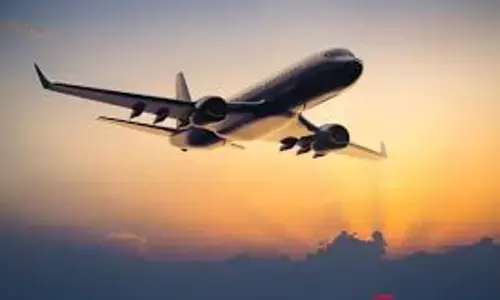Crimean Bridge blast: Experts assess the damage

Crimean Bridge blast: Experts assess the damage
Early on Saturday, local time, a massive blast shook the Crimean Bridge (also known as the Kerch Bridge).
Early on Saturday, local time, a massive blast shook the Crimean Bridge (also known as the Kerch Bridge). Shocking images of the burnt rail bridge and collapsed road bridge have been shown around the world. But Russia has moved quickly to return the bridge to operations, even though it appears to be significantly damaged.
Observers have been left wondering: what was the effect of the blast and fire on the surviving bridge elements, what repairs could be required, and when is it safe to re-open a bridge after such an event?
As experts in bridge safety and blast engineering, we have (some) answers. The bridge Built by Russia at a cost of some US$3.7 billion after the annexation of Crimea in 2014, the Crimean Bridge is Europe's longest, linking Russia to Crimea across the Kerch Strait.
The 19-kilometre connection is a vital artery for economic and social links, and since Russia's invasion of Ukraine it has also become a critical military asset for Russian supplies and telecommunications.
Despite the name, the Crimean Bridge is actually two bridges: one for road and one for rail. The road bridge is itself two independent bridge structures, while the rail bridge is a single bridge structure supporting two ballasted rail tracks. Some general drawings and information on the bridge are available online. The attacked section lies between Tuzla Island and Kerch, Crimea, on an east-west heading, and is midway between the island and the main arch span over the navigable waterway.
At this point the rail and road bridges are of a similar form of construction, known as a "composite slab orthotropic deck steel plate girder bridge", spanning about 64 metres. This means there is a 20 centimetre concrete slab cast onto flat steel plates, stiffened with steel ribs, all supported by about 3.2 metre deep steel plate girders. It is important to know this because the effect of the blast and inferno, and the subsequent repair and likely safety of the structure is very sensitive to the form of construction.
The aftermath of the blast caused one span to rupture at its middle. The adjacent span on the Crimean side remained intact, but was pulled off its bearings and also collapsed into the sea. A third span on the Tuzla side remains standing, while the next span over fell off its far bearings. It appears the girders are continuous over the piers, with expansion joints only every four spans.
Just like picking up a table cloth in the middle, the massive vertical force due to the blast would pull in the ends of the continuous steel girders, popping them off their supports. The blast ignited what is presumably fuel in a tanker train on the adjacent rail bridge, causing an inferno that burned for at least an hour. Blazing fuel poured down over the southern side of the bridge, and was blown back in a northerly direction by the wind, exposing nearly all steel surfaces to the fire.
What could have caused it? There is much debate as to the cause of the explosion. It is clear it originated at the road bridge, and the blast started the fire on the fuel train on the nearby rail bridge. It is not clear whether it originated above the bridge deck, or below. Just after the explosion, a lot of sparks are visible. This may indicate the use of thermite in the explosives, which burns at temperatures hot enough to damage steel and cause fires in surrounding flammable objects.
What are the structural effects? There is a long history of bridge failures due to fire and blast damage. High temperatures can weaken both steel and concrete, while blast shockwaves can result in violent fractures. While steel can bend under high load without breaking, and the surviving girders of the Crimean Bridge may still be usable, the blast has likely caused severe localised damage.
To determine how much life is left in the surviving road bridge, investigators ought to conduct detailed inspections and metallurgical sampling. The fuel fire is also likely to have weakened the girders on the rail bridge, as well as those on the road bridge (as they were on the windward side of the inferno). The concrete pier shows extensive burn marks too, and so the concrete will be weakened, and the reinforcement inside it more susceptible to corrosion over the longer term.
Can it be repaired? Sections of the upper structure of the rail and road bridges can be replaced. There are floating cranes with sufficient capacity to lift in replacement pre-fabricated steelwork. The road and rail concrete decks and fitments can then be reinstalled. Such work would of course render the bridge inoperable for an extended period.
Is the bridge safe? In structural engineering, safety is not an either-or-proposition. It is measured on a continuum known as the probability of failure, or more positively, the reliability index of a structure. There are guidelines on acceptable levels of safety for different types of structure, and different costs of providing safety. Engineers design new bridges to standards that aim to provide a very, very small probability of a failure occurring. In assessing existing bridges for safety, engineers will aim for that same level of safety to be provided to the public.
(The Conversation)
(The writer is a senior lecturer in Blast and Impact Engineering,
University of Sheffield, Colin Caprani Associate Professor, Civil Engineering, Monash University)
















